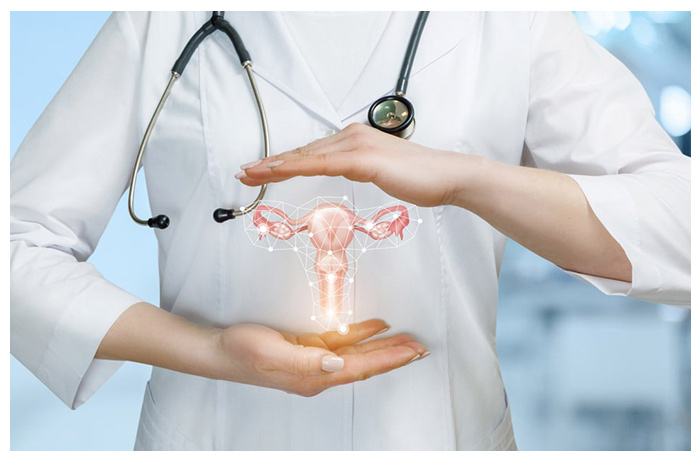Understanding hysterectomy can feel overwhelming. Many people have concerns and questions. As an essential procedure in women’s health, clarity is key. A hysterectomy involves removing the uterus. This may be necessary for various health reasons. Obstetricians and gynecologists guide patients through the process. Their expertise is vital, similar to how prenatal care georgia supports healthy pregnancies. This guide aims to clarify the purpose and process of hysterectomies.
What is a Hysterectomy?
A hysterectomy is a surgical operation to remove the uterus. It can also involve removing other parts of the reproductive system. The procedure is common among women for treating various conditions.
Why is a Hysterectomy Performed?
Doctors recommend hysterectomies for several reasons, including:
- Fibroids: Non-cancerous growths in the uterus.
- Endometriosis: Tissue growth outside the uterus causing pain.
- Uterine prolapse: Uterus descends into the vaginal canal.
In some cases, a hysterectomy may treat certain cancers or severe bleeding.
Types of Hysterectomy
| Type | Description |
|---|---|
| Total Hysterectomy | Removes the entire uterus and cervix. |
| Partial Hysterectomy | Removes the upper part of the uterus, keeping the cervix. |
| Radical Hysterectomy | Includes removal of the uterus, cervix, surrounding tissue, and part of the vagina. |
Preparing for a Hysterectomy
Preparation involves several steps. Doctors will conduct tests and discuss medical history. It’s also important to arrange for help at home during recovery. Discuss any medications with the doctor. This ensures safety and prepares you for the procedure.
What to Expect During the Procedure
The surgery usually requires anesthesia. The doctor will perform the surgery through the abdomen or vagina. The approach depends on the patient’s condition and the type of hysterectomy. The operation can take a few hours, and hospital stays may vary.

Recovery and Aftercare
Recovery from a hysterectomy takes time. Most patients stay in the hospital for a few days. Complete recovery at home can take several weeks. During this time, rest is crucial. Avoid heavy lifting and strenuous activities. Follow the doctor’s instructions for the best recovery outcomes.
Emotional support is also important. Adjusting to the changes after a hysterectomy can be challenging. Support groups and counseling are helpful resources.
Benefits and Risks
Like any surgery, a hysterectomy has benefits and risks. It can relieve symptoms like pain and heavy bleeding. However, it is a major surgery with potential complications such as infection or bleeding.
Discussing these with a healthcare provider ensures informed decisions. The Office on Women’s Health provides detailed information on these aspects.
Conclusion
Understanding a hysterectomy helps in making informed choices. Consult with an obstetrician or gynecologist to explore options. Their guidance helps in navigating through this significant medical decision. With the right care and knowledge, patients can approach this procedure with confidence.








